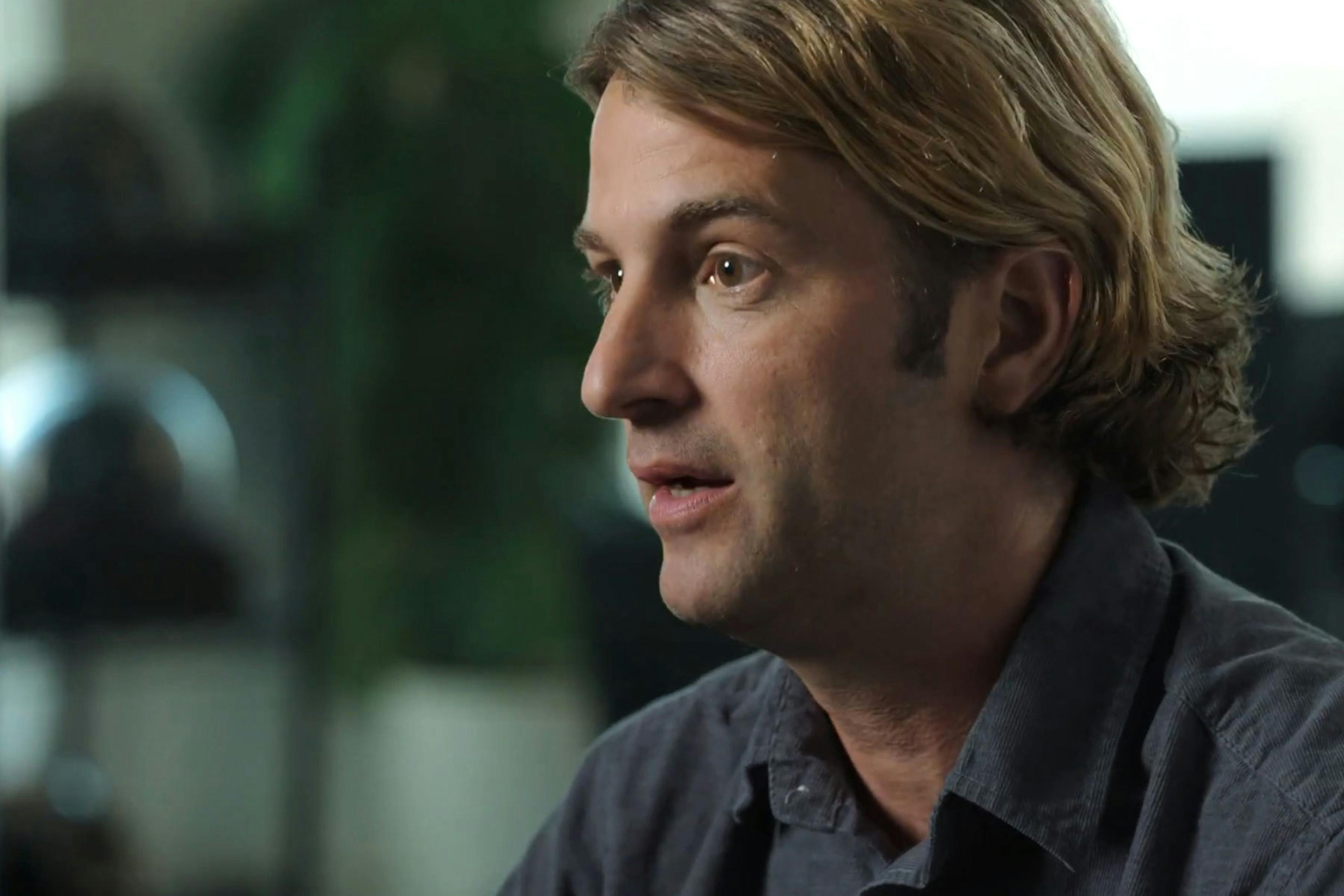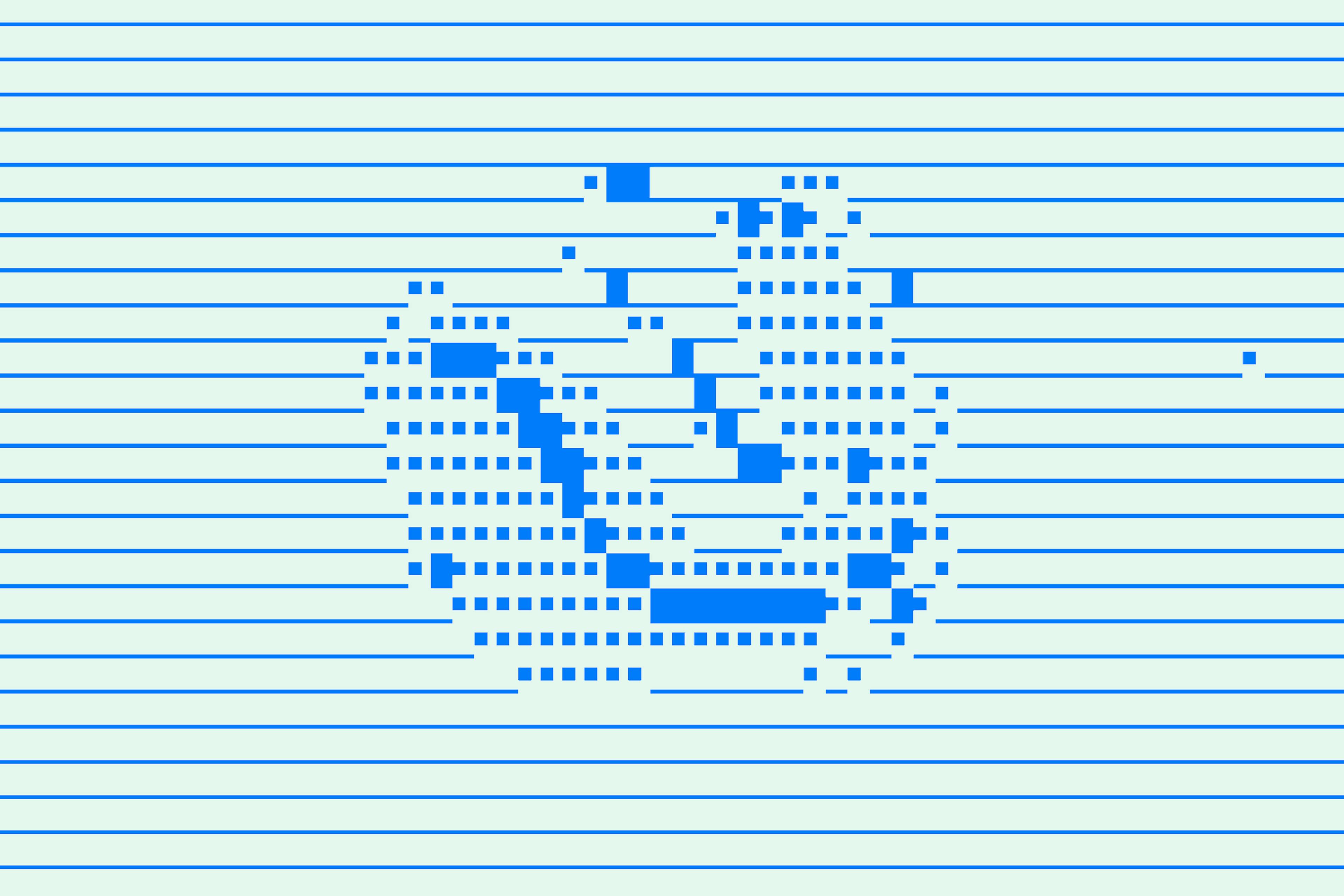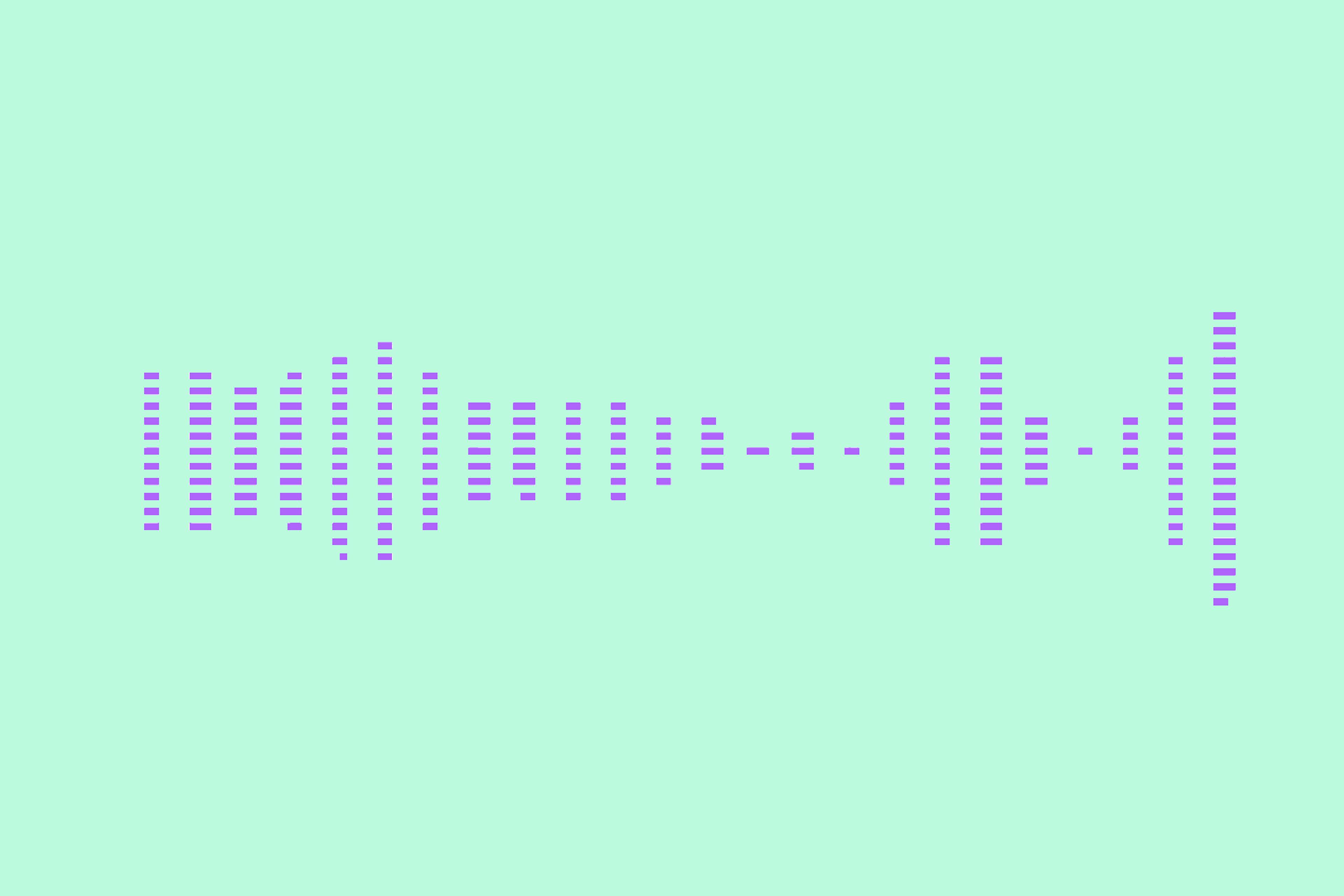
Every five minutes, somewhere in the world, a deepfake attack strikes.
The victims are everywhere. In Hong Kong, a finance worker wired $25 million after a video call with what appeared to be his company's CFO — except everyone on the call was fake. In France, a woman was tricked into believing she was dating Brad Pitt.
Nearly 80% of adults can no longer tell if a video is real or fake. This is the new reality of digital deception. What started as a novelty has evolved into a crisis that threatens the very foundation of how we connect. When anyone's face can become anyone else's, when voices can be cloned from seconds of audio, when even live video calls can't be trusted, we're left with an unsettling question: how can we believe anything — or anyone — anymore?
The answer to this existential question will shape the future of human interaction in the digital age.
The deepfake explosion
The numbers paint a stark picture. The Wall Street Journal reports that in the United States, there were more than 105,000 deepfake attacks last year. The technology behind these attacks has become devastatingly accessible. What once demanded Hollywood budgets and teams of specialists now sits in the hands of anyone with a device and an internet connection.
The assault does not discriminate. Scammers use deepfaked celebrity endorsements to steal millions through investment schemes on social media. After natural disasters, fraudsters deploy AI-generated pleas using the faces of aid workers. Political deepfakes spread like wildfire, showing candidates saying things they never said.
Financial institutions face a particularly severe crisis: Deepfake-related fraud exploded by 3,000% in 2023, with average business losses reaching $500,000 per incident. The digital finance industry has similarly been hit hard, with AI deepfakes driving 40% of all high-value crypto scams in 2024, contributing to $4.6 billion in global losses.
How proof of human weakens deepfakes
What if we could reduce the efficacy of deepfakes? Proof of human technology provides a promising tool. By establishing cryptographic proof that you're interacting with a real, unique human, this technology addresses the root of the problem. It doesn't try to determine if content is fake; it ensures the source is real from the start.
The applications for proof of human are transformative:
- Secure communications: Verify that the person on the video call is indeed a real human.
- Trusted transactions: Ensure high-stakes conversations happen with a real human and not an AI deepfake.
- Authentic content: Enable creators to cryptographically sign their work, making it immediately clear what's genuine.
Unlike systems that can be spoofed or databases that can be breached, proof of human verification happens through privacy-preserving cryptography. There's no central database or online tracking, just mathematical proof that a real, unique human is behind an action.
Reclaiming our digital future
World offers a way to have greater awareness regarding human and synthetic interactions. The protocol’s Deep Face technology, powered by World ID, provides real-time humanness verification during video calls — ensuring the person you see on screen is a real human.
Deepfakes represent a crossroads for society. Down one path lies a world of perpetual doubt, where seeing is no longer believing and trust disappears. Down the other lies a future where we can interact with confidence, knowing that our digital connections are as real as our physical ones.
The choice seems obvious, but the transition won't be automatic. It requires recognizing that the old paradigms — detection, moderation, after-the-fact enforcement — are necessary but not sufficient. We need a fundamental upgrade to our digital infrastructure. Proof of human may provide us a path for deterring deepfakes before they cause even greater damage.
Learn More
To stay informed on the latest from World, along with other exciting news and announcements, visit the World website or subscribe to the blog below.
You can also join the daily conversation on all World social media channels, or get additional important information concerning the project by reading the World protocol whitepaper.



